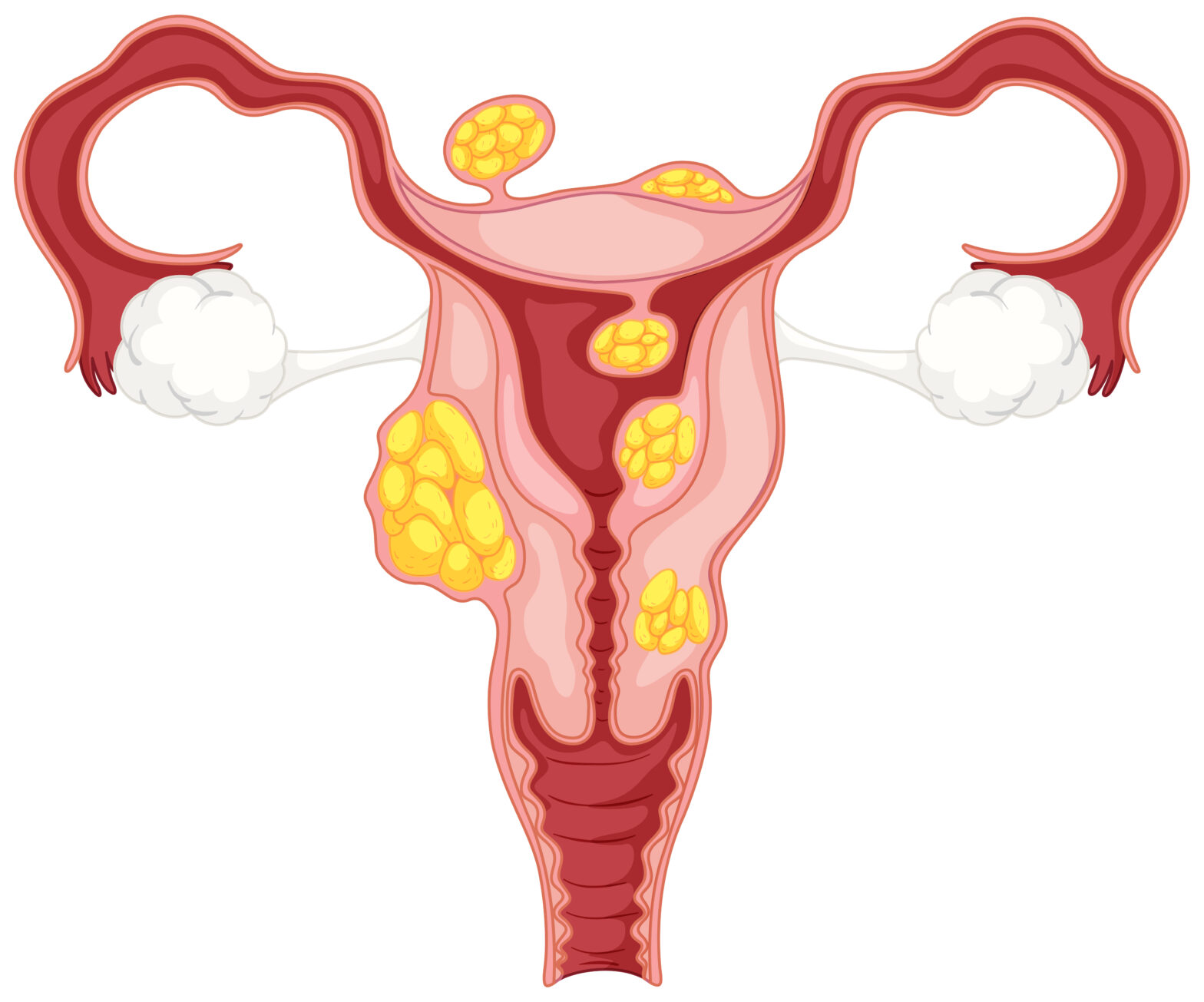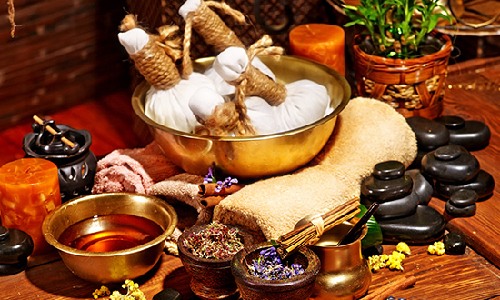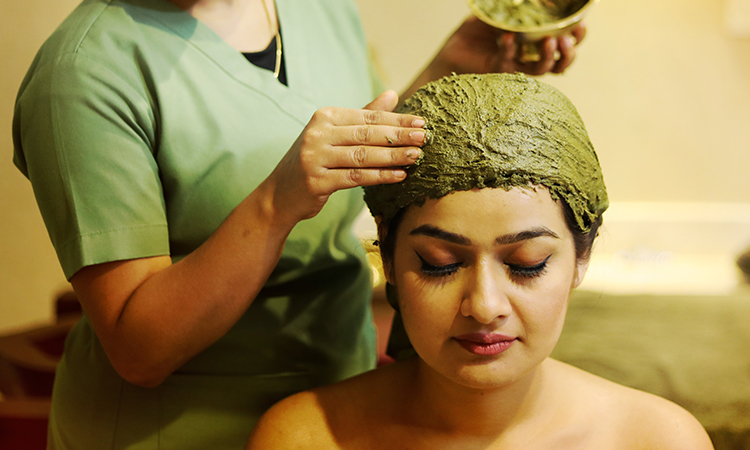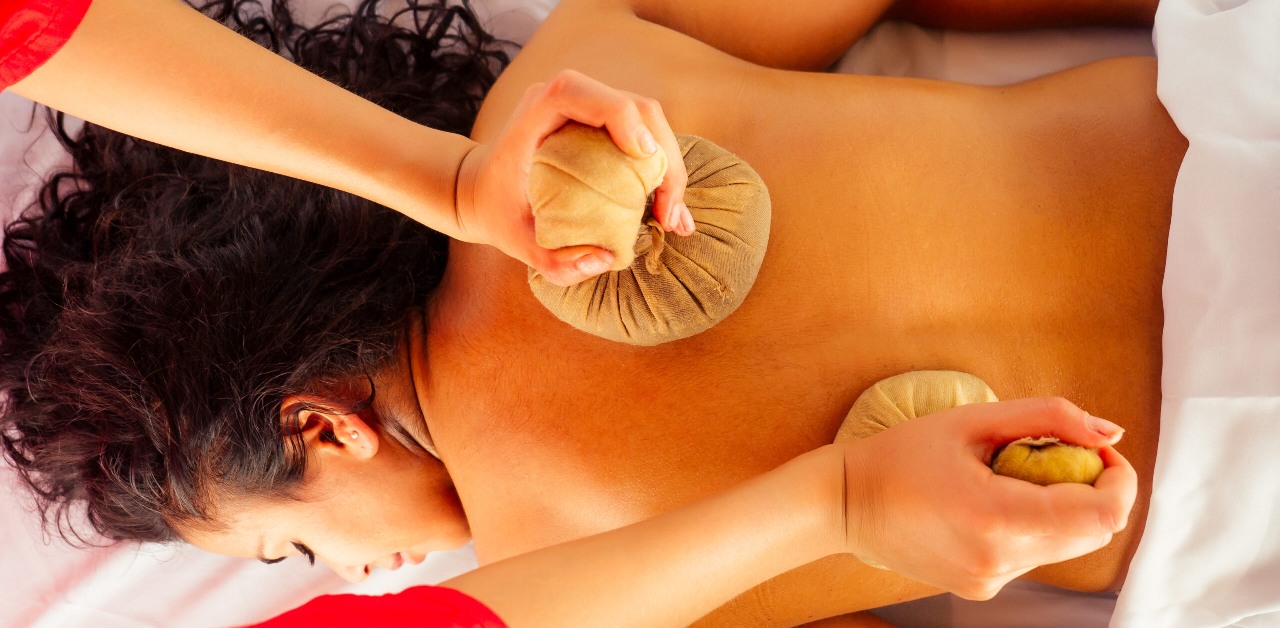PCOS doesn’t show up suddenly one day. If you are thinking that irregular periods are the only sign, you are already missing out the most important moment to pay attention. Your body starts sending signals months and sometimes years before your cycle becomes irregular. I wish most woman understood these warning signs earlier, as they are there all along and obvious. They keep reminding us something is happening inside our bodies that we shouldn’t ignore. The earliest signs start when two of the Doshas – Kapha and Pitta become excessive at the same time. The imbalance of these two Doshas creates an environment for cysts to start developing in the ovaries inside your body. This is the stage where Ayurveda can see the problem developing and when you can actually do something about it. THE EARLY SIGNS AYURVEDA WATCHES FOR: Now, let us talk about what exactly you should be paying attention to. These are the signs that appear before your periods starts becoming noticeably irregular. 1) Bloating and the heavy feeling after eating Have you ever felt sluggish and uncomfortable after eating, but only on a few days, while the rest days your digestion maybe fine? This inconsistency can actually be an important clue that your Agni (digestive fire) is starting to get weak, you food isn’t being fully processed and digested which is causing gas and bloating. This also allows Kapha to accumulate inside you. 2) Weight gain You might not have changed how much you eat or you may even be eating less that you used to, but do you keep gaining weight, especially around your belly and thighs? This might be because of poor diet with too much sugar, carbonated drinks, and highly refined carbohydrates. In Ayurvedic terms, this is due to an excess Kapha and Ama accumulation. Even if you eat less, these foods disrupt your metabolism, creating the stagnation that serves as the biggest lifestyle contributor to PCOS. 3) Skin Changes Acne suddenly shows up on your chin or jawline or dark patches appear on your neck, under your arms, or on your inner thighs. This skin condition is called Acanthosis nigricans, and it happens due to insulin resistance. There’s also hair growth on your face and your skin might feel oilier than it used to be. These changes are directly connected to excess hormonal release, your body’s way of communicating it through your skin. This is an early-stage signal. Before your periods start becoming irregular, your skin is already responding to the hormonal changes happening inside. 4) Mood Swings, Brain Fog, and Sudden Anxiety Your mood feels unstable. One day you’re fine, the next day you’re irritable or anxious for no clear reason. You can’t concentrate like you used to or you forget things easily. What’s actually happening is your nervous system responding to hormonal imbalance. When Ama circulates through your body, it affects your mental clarity. Vata imbalance creates anxiety and scattered thinking. Pitta imbalance creates irritability. All of this is connected to early hormonal disruption happening inside your body. Finally, your period starts to change, what used to come like clockwork on day 28. Now it comes on day 23 one month, then day 32 the next month. The flow varies – one month it’s heavy, the next month it’s light. You might also get spotting between your actual periods. According to Ayurvedic understanding, this falls under Artava Vyapat, which refers to menstrual disorders. This is your reproductive channels starting to respond to the imbalance and blockage happening inside you. This is actually the critical awareness window. Your periods aren’t irregular enough to be diagnosed as a problem yet, but they’re starting to become unpredictable. This is the moment where Ayurveda can see that imbalance is developing. This is the moment where intervention can be most effective. Not every woman experiences all of these signs. Some women might have intense skin changes but minimal weight gain. Others might have extreme fatigue but relatively clear skin. Some might have mainly mood and mental health changes. This variation is really important to understand. If you have a naturally heavier Kapha constitution, you’ll likely experience more weight gain, bloating, and heaviness. Or if you have a naturally intense Pitta constitution, you’ll likely experience more acne and androgen related symptoms. If you have a naturally airy Vata constitution, you might experience more anxiety, irregular hunger, and scattered thinking. By noticing which of these signs resonate most strongly with you, you’ll getting clues about your unique constitution and how your body is responding to imbalance. In these early stages, when it’s still just Dosha imbalance and Ama accumulation, your body can respond remarkably quickly to support. Your body is asking for help at this stage and your body is capable of still rebalancing itself if given the right support and attention. If you’re recognizing some of these signs in yourself, the first step is simply awareness. You’re not trying to diagnose yourself nor you’re trying to treat yourself. You’re simply starting to pay attention to what your body is telling you. Remember, your body is intelligent. It’s constantly communicating with you. These early signs of PCOS aren’t disease. They’re your body telling you that something needs attention. The question is whether you listen to these messages now, in the early stages, or wait until the imbalance becomes more profound. The good news is that you have power here. By paying attention now, by seeking understanding, you’re taking the first step toward restoring your body’s balance. Your body is asking for that attention. And it’s capable of remarkable healing when given proper support. If you are noticing these early… Continue reading Before Irregular Periods Begin: Early Signs of PCOS Ayurveda Looks For
Before Irregular Periods Begin: Early Signs of PCOS Ayurveda Looks For








